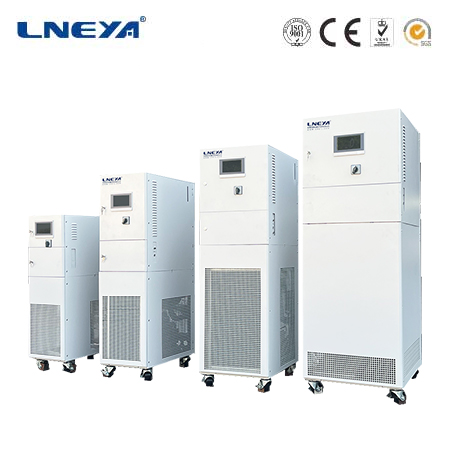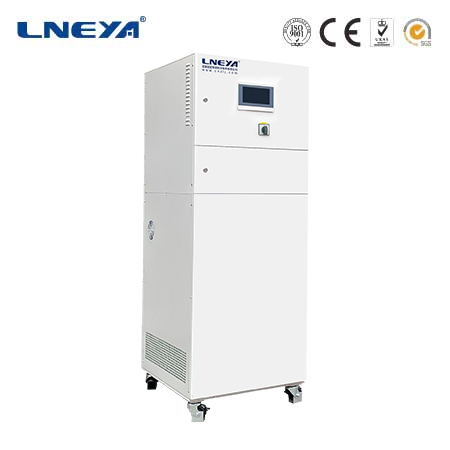cooling and heating equipment
Cooling and Heating Equipment: Regulating Temperatures for Comfort and Efficiency
Cooling and heating equipment play a vital role in maintaining comfortable environments and controlling process temperatures in various settings, from residential homes to large-scale industrial applications. These systems are designed to provide thermal comfort, ensure process efficiency, and maintain product quality in manufacturing. The range of equipment includes air conditioners, heat pumps, chillers, and boilers, each with unique capabilities and applications.

Principles of Cooling and Heating Equipment
The operation of cooling and heating equipment is based on principles of heat transfer. Cooling equipment works by removing excess heat from an area and transferring it outside, while heating equipment adds heat to maintain a comfortable or necessary temperature.
Types of Cooling and Heating Equipment
Air Conditioners: These are commonly used for residential and commercial cooling. They can also provide heating in some models known as heat pumps.
Heat Pumps: These systems provide both heating and cooling by transferring heat from one place to another.
Chillers: These are large-scale cooling systems used in industrial processes and large buildings.
Boilers: These are used for heating water or producing steam for residential and commercial heating systems.

Components of Cooling and Heating Equipment
The main components of these systems include:
Compressor: Used in refrigeration cycles to increase the temperature and pressure of the refrigerant.
Condenser: Cools the refrigerant by releasing heat to the environment.
Evaporator: Absorbs heat from the area to be cooled.
Expansion Valve: Regulates the flow of refrigerant in the system.
Heat Exchanger: Transfers heat from the fluid being heated to the surrounding environment or vice versa.
Benefits of Cooling and Heating Equipment
Thermal Comfort: Provides a comfortable environment for occupants in residential, commercial, and public buildings.
Process Control: Ensures optimal temperatures for industrial processes, enhancing efficiency and product quality.
Energy Efficiency: Modern equipment is designed with energy efficiency in mind, reducing operational costs and environmental impact.
Safety: Prevents overheating or overcooling, which can lead to accidents or damage to equipment and products.
Advancements in Cooling and Heating Technology
Recent advancements include:
Smart Controls: Allow for precise temperature regulation and remote monitoring.

Renewable Energy Integration: Some systems can use solar energy for heating or cooling, reducing reliance on fossil fuels.
Low Global Warming Potential (GWP) Refrigerants: New refrigerants are being developed to reduce the environmental impact of cooling systems.
Energy Recovery Systems: These systems recover waste heat from cooling processes to heat other areas, increasing overall efficiency.
Energy Efficiency Considerations
Energy efficiency is a critical factor in the selection and operation of cooling and heating equipment. High-efficiency systems can significantly reduce energy consumption and costs. Features such as variable speed drives, smart controls, and proper maintenance contribute to energy efficiency.
Environmental Impact
The environmental impact of cooling and heating equipment is a growing concern. Systems that use high GWP refrigerants contribute to climate change. Therefore, there is a move towards more sustainable systems that use natural refrigerants and are more energy-efficient.
Conclusion
Cooling and heating equipment is essential for providing comfort and controlling temperatures in various applications. As technology advances, these systems are becoming more energy-efficient and environmentally friendly. Understanding the different types, components, and advancements in cooling and heating technology is crucial for selecting the appropriate system for specific needs and ensuring optimal performance and efficiency.
Related recommendations
chiller log
627Understanding the Importance of Chiller LogsA chiller log is a detailed record of the operation and maintenance of an industrial water chiller. It serves as a comprehensive document that helps in ...
View detailscooling chillers
455Cooling Chillers: Technology, Efficiency, and Market Trends Cooling chillers play a critical role in temperature regulation across a spectrum of applications, including commercial HVAC systems ...
View detailslaboratory water heater
377Introduction to Laboratory Water HeatersLaboratory water heaters, commonly known as water baths, are crucial for providing a stable temperature environment in scientific laboratories. They are use...
View detailsvapour compression chiller
203Working PrincipleThe operation of a vapour compression chiller is centered around the vapour compression refrigeration cycle, which consists of four main stages involving four key components: the...
View details
 LNEYA Thermal Test Chillers
LNEYA Thermal Test Chillers







HelloPlease log in